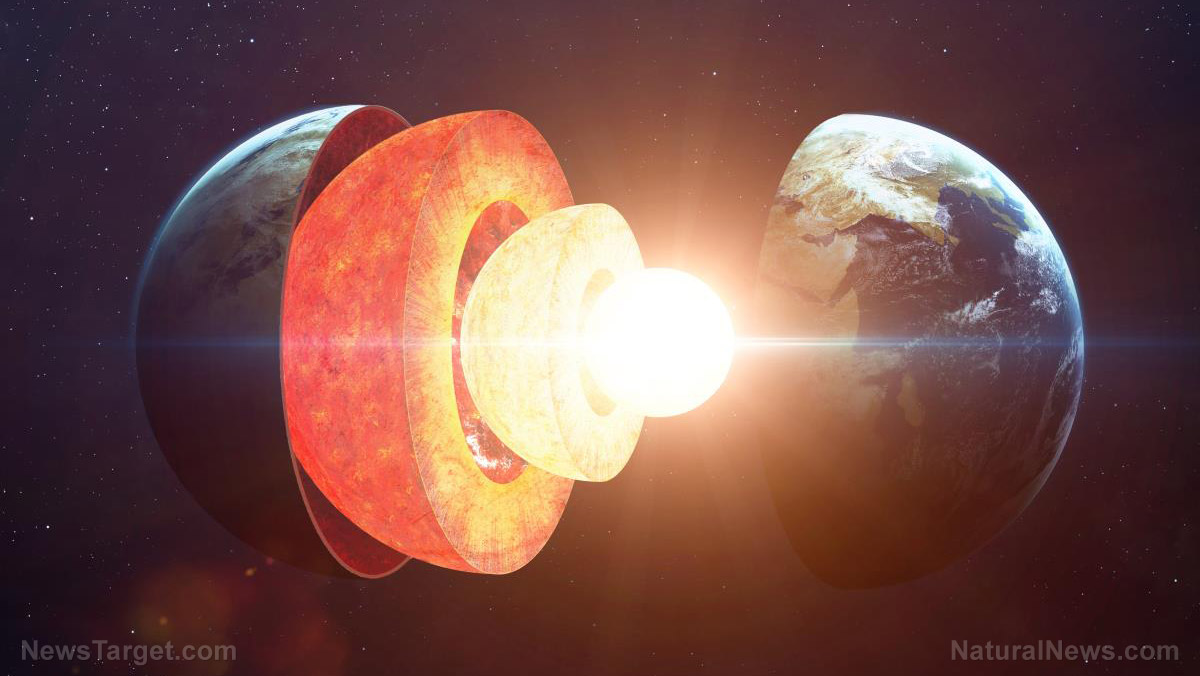
The solar system has an assortment of eight different planets orbiting the sun. While each of them is different in their own unique way, they are mostly similar, with one exception. While most of the smaller planets in the solar system are compositionally similar to Earth, bearing a small, solid metal core that makes up only a portion of the planet's total mass, Mercury, however, is different.
Unlike the other small planets in the solar system, Mercury is made up mostly of metal: Its metallic core makes up about two-thirds of its entire mass. That's a lot denser than all of its neighboring small planets, relatively speaking. Now researchers may have found a way to understand how this came to be, thanks to the discovery of a new planet that is similar in composition in a star system hundreds of light years away.
The potentially insightful discovery was made by scientists after spotting three planets orbiting a single orange dwarf star called K2-229. This star is said to be smaller and slightly cooler than our own sun and can be found about 339 light years away from the Earth, in what is referred to as the Virgo constellation. The scientists analyzed one of the planets, in particular, called K2-229 b, as it was the one that resembled Mercury most and was also the one that was closest to K2-229.
K2-229 b was described by the scientists as having an orbit that was about 100 times closer to its own star than Earth does to the sun. During its daytime, temperatures can reach an astonishing 3,737 degrees Fahrenheit, or 2,058 degrees Celsius. For reference, Mercury orbits the sun about 2.6 times closer than Earth, and its daytime temperatures can only reach up to about 801 degrees Fahrenheit or 427 degrees Celsius.
So what exactly do the scientists intend to do with this new planet called K2-229 b? For one thing, they want to better understand its "cannonball" metal-heavy composition, which could help them learn more about how Mercury came to be. According to Vardan Adibekyan, an astronomer who works at the Institute of Astrophysics and Space Sciences in Porto, Portugal, the planet shows that there may be a pattern to how such planets formed and evolved over time.
"Almost all the low-mass small-sized planets detected to date showed compositions very similar to our Earth, and we started to think that Earth's bulk composition is the typical one and Mercury is the only exception," he explained. "But now we see there are more exceptions, and if the number of such 'exceptions' increase, they will become typical." (Related: Scientists discover 15 new planets, including one “super-Earth” that could harbor liquid water.)
When comparing K2-229 b with its star in terms of chemical makeup, the scientists found that there was a stark difference in their composition – the planet itself was metal-heavy while the star had its own unique chemical composition. They noted that it could be due to drastic changes that occurred to the planet over time, and that its original crust, as well as part of its mantle, might have already been vaporized due to its close proximity to the star's heat and its magnetic field.
For now, the scientists will continue analyzing the planet, and keep searching for others like it in order to better understand the nature of the likes of Mercury and others that might be similar to it throughout space.
Read more about the latest findings concerning nearby stars and exo-planets in Space.news.
Sources include:
Please contact us for more information.





















